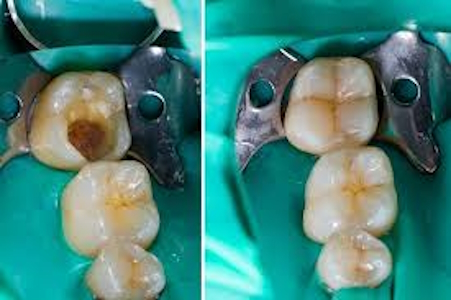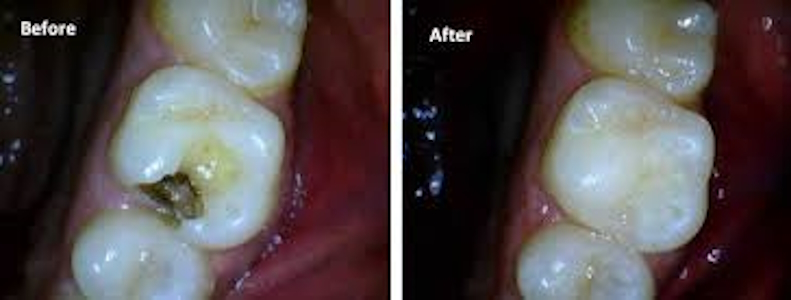
Understanding Dental Restorations: A Guide to Repairing Your Smile
A healthy smile plays a significant role in both oral function and self-confidence. However, teeth can become damaged due to decay, trauma, or wear over time. Fortunately, modern dentistry offers a variety of dental restorations to repair and restore teeth, helping individuals maintain optimal oral health and a beautiful smile.
What Are Dental Restorations?
Dental restorations are procedures used to repair or replace damaged or missing teeth. They restore the function, integrity, and aesthetics of the teeth, ensuring that individuals can chew, speak, and smile comfortably. Depending on the severity of the dental issue, different types of restorations may be recommended.
Types of Dental Restorations
-
Fillings Fillings are one of the most common restorative treatments, used to repair cavities caused by tooth decay. Dentists remove the decayed portion of the tooth and fill the space with materials such as composite resin, amalgam, gold, or ceramic. Composite fillings are particularly popular as they blend seamlessly with natural teeth.
-
Crowns A dental crown is a cap placed over a damaged or weakened tooth to restore its shape, size, and strength. Crowns are often recommended for teeth with large cavities, fractures, or after root canal treatment. They can be made from porcelain, metal, or a combination of materials.
-
Bridges A dental bridge is used to replace one or more missing teeth. It consists of artificial teeth anchored to adjacent natural teeth or dental implants. Bridges help restore proper bite alignment and prevent the shifting of surrounding teeth.
-
Dental Implants Dental implants are a permanent solution for missing teeth. They involve surgically placing a titanium post into the jawbone, which serves as an artificial tooth root. A crown is then attached to the implant, providing a natural and durable replacement.
-
Dentures Dentures are removable appliances used to replace multiple missing teeth. They can be full (replacing all teeth in an arch) or partial (replacing some missing teeth while preserving remaining natural teeth). Modern dentures are more comfortable and natural-looking than ever before.
-
Inlays and Onlays When a tooth has moderate damage that doesn’t require a full crown, inlays and onlays may be used. These custom-made restorations are bonded to the tooth’s surface, providing strength and durability. Inlays fit within the tooth’s grooves, while onlays extend over the cusps.
-
Veneers While primarily considered a cosmetic treatment, veneers also serve as a restorative option for chipped, stained, or slightly misaligned teeth. These thin porcelain shells are bonded to the front surface of teeth, enhancing their appearance while providing added strength.

Choosing the Right Restoration
The type of restoration needed depends on several factors, including the extent of damage, location of the tooth, patient preference, and budget. A dentist will evaluate your oral health and recommend the most suitable treatment.
Importance of Dental Restorations
Restorative dentistry not only enhances the appearance of your smile but also improves oral function and prevents further dental issues. Untreated cavities, cracks, or missing teeth can lead to more serious problems, such as infections, bite misalignment, and jawbone deterioration.
Maintaining Restored Teeth
To ensure the longevity of dental restorations, it is essential to follow good oral hygiene practices, including:
-
Brushing twice a day with fluoride toothpaste
-
Flossing daily to remove plaque buildup
-
Regular dental check-ups and cleanings
-
Avoiding excessive consumption of sugary foods and drinks
-
Wearing a nightguard if you grind your teeth
Conclusion
Dental restorations are an essential aspect of modern dentistry, offering solutions for various dental issues. Whether you need a simple filling or a complete smile makeover, restorative treatments help improve oral health, function, and confidence. If you have damaged or missing teeth, consult a dentist to explore the best restoration options for your needs.
